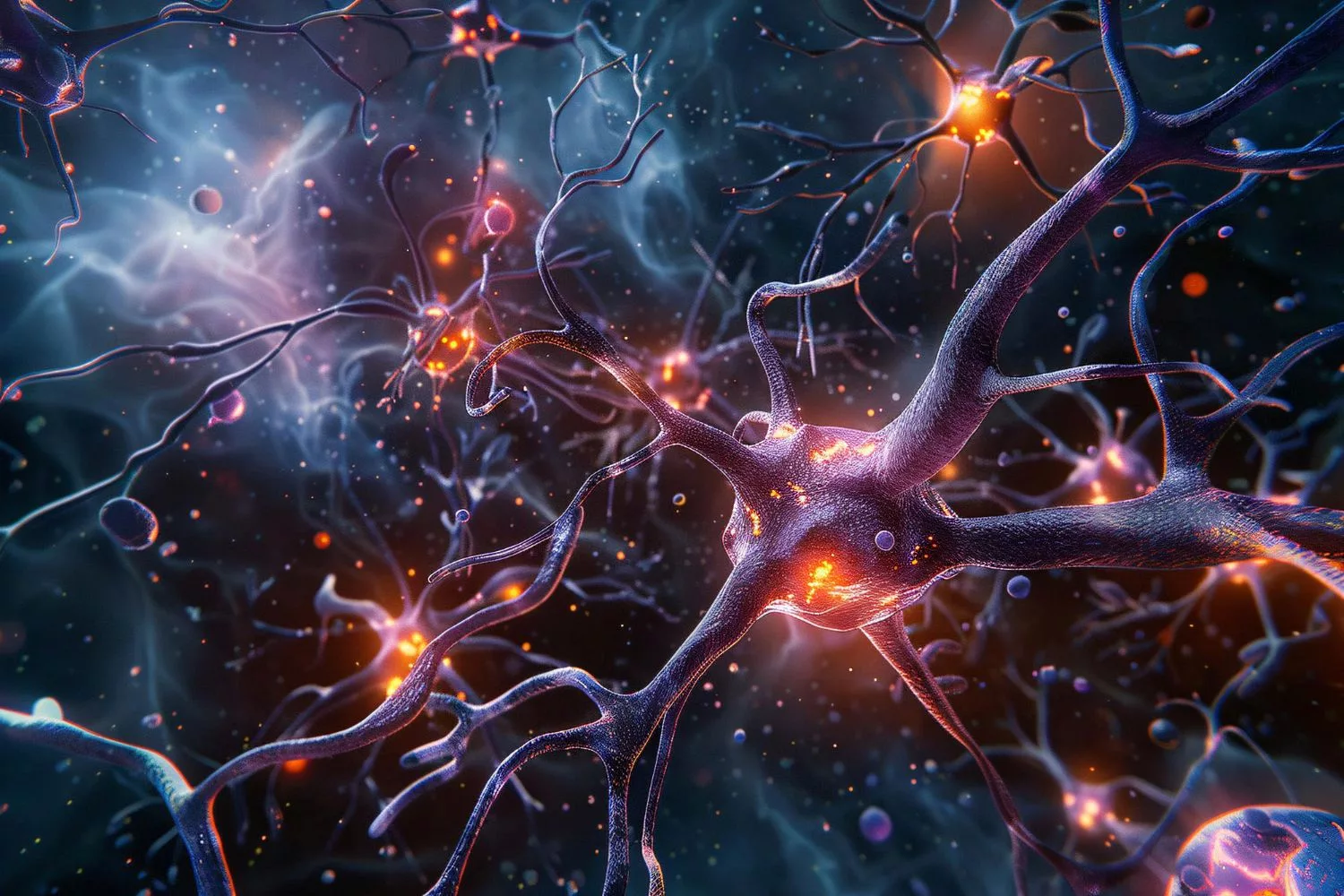Some people with depression have tiny changes in their DNA that affect how specific genes are turned on or off. A new study, published in the journal Nature Genetics, looked at these changes in brain cells from 84 people: some with depression and some without. Scientists studied over 200,000 cells from the dorsolateral prefrontal cortex by combining single-cell chromatin accessibility with gene expression.
Scientists at McGill University and the Douglas Institute found that two types of brain cells behave differently in people with depression. This discovery could lead to the development of more effective treatments that target these specific cells. It also helps researchers understand how depression affects the brain.
Senior author Dr. Gustavo Turecki, a professor at McGill, said, “This is the first time we’ve been able to identify what specific brain cell types are affected in depression by mapping gene activity together with mechanisms that regulate the DNA code.”
“It gives us a much clearer picture of where disruptions are happening, and which cells are involved.”
Brain imaging-based biomarker for depression identified
Scientists used post-mortem brain tissue provided by the Douglas-Bell Canada Brain Bank to conduct this study. They studied brain cells from people with and without depression: 59 with the condition and 41 without. They examined each cell’s RNA and DNA using single-cell genomic analyses to identify those that exhibited different behavior in depression. This helped them find specific DNA changes that might explain why some brain cells behave differently in people with depression.
Scientists have discovered that two types of brain cells behave differently in individuals with depression: excitatory neurons, which help regulate mood and stress, and microglia, immune cells that manage inflammation in the brain.
In both cell types, many genes were turned on or off in unusual ways in people with depression. This suggests that essential brain systems may not be functioning correctly, which could help explain some of the symptoms of the condition.
By finding out exactly which brain cells are affected in depression, this research gives scientists a clearer picture of what’s happening in the brain.
Study maps how the brain changes during depression treatment
“This research reinforces what neuroscience has been telling us for years,” Turecki said. “Depression isn’t just emotional, it reflects real, measurable changes in the brain.”
Next, the scientists aim to determine how these brain cell changes impact brain function.
Journal Reference:
Chawla, A., Cakmakci, D., Fiori, L.M. et al. Single-nucleus chromatin accessibility profiling identifies cell types and functional variants contributing to major depression. Nat Genet 57, 1890–1904 (2025). DOI: 10.1038/s41588-025-02249-4

